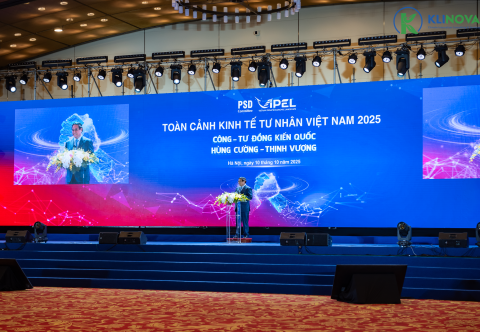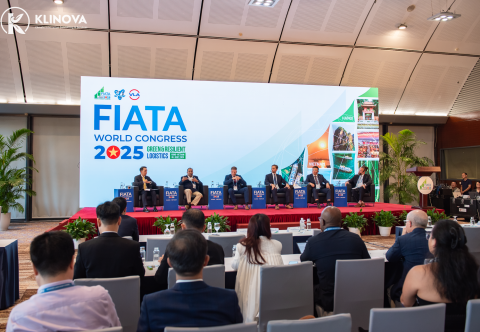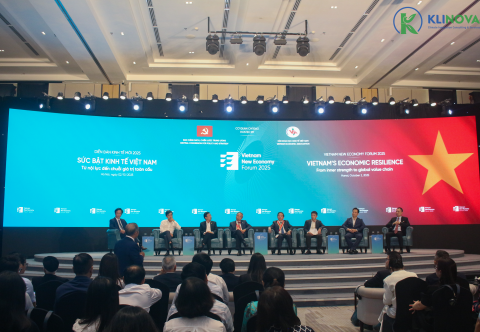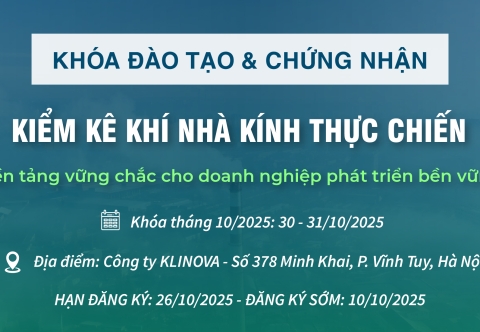Vietnam’s overarching goal is to reduce vulnerability and risks from the impacts of climate change by strengthening the resilience and adaptive capacity of natural, economic, and social systems; minimizing losses from natural disasters, extreme climate events, and sea level rise; while integrating climate change adaptation into development strategies and planning. Specifically, the plan focuses on three main priorities: strengthening the resilience and adaptive capacity of natural, economic, and social systems through investment in adaptation actions, developing science and technology, and building capacity and awareness to adjust to climate change proactively; reducing disaster risks, damages, and improving preparedness for extreme climate events; and enhancing adaptation efficiency by strengthening state management and promoting the integration of climate adaptation into strategies and plans. The plan is divided into three implementation phases: 2021–2025; 2026–2030; and with a vision to 2050, and will be implemented across the entire territory and marine areas of Vietnam.
.png)
Tasks and priority solution groups
The National Adaptation Plan for Climate Change focuses on a series of tasks and solutions aimed at enhancing resilience, reducing disaster risks, and improving institutional frameworks for more effective climate adaptation. First, Vietnam seeks to strengthen the resilience and adaptive capacity of natural, economic, and social systems, ensuring sustainable livelihoods through investment in adaptation actions such as efficient management and use of water and land resources; development of climate-smart agriculture; protection and development of forests and ecosystems; infrastructure development; strengthening the health and healthcare system; and ensuring social security and gender equality.
At the same time, Vietnam aims to reduce disaster risks, minimize losses, and improve preparedness in the face of increasingly severe extreme climate impacts. Solutions include enhancing the capacity for forecasting and early warning of natural disasters and extreme weather conditions; improving disaster risk management systems to reduce vulnerability; and implementing measures to mitigate losses and damages from the short-, medium-, and long-term impacts of climate change.
In addition, the plan emphasizes improving institutions and mobilizing resources to enhance adaptation effectiveness. This includes strengthening state management, improving policies, integrating climate adaptation into strategies and plans, promoting adaptation activities that generate co-benefits, raising public awareness through communication, education, and science and technology research, mobilizing financial resources, and expanding international cooperation.
Given the unique characteristics of each region, the impacts and risks of climate change vary across the country. Therefore, the plan also identifies groups of priority tasks and solutions for each region: the Northern Midlands and Mountains; the Red River Delta; the North Central and South Central Coast; the Central Highlands; the Southeast; and the Mekong Delta, to ensure relevance to local conditions and help each region respond more effectively to the impacts of climate change.
.png)
Financial needs and international support
The scale of investment required for Vietnam’s climate adaptation plan is substantial. According to estimates for the 2021–2030 period, the financial need for adaptation is approximately USD 54.99–91.65 billion (at current prices), equivalent to 3.0–5.0% of GDP per year. Currently, mobilized resources amount to only about 1.5% of GDP annually (around USD 27.5 billion for the period), meaning that an additional USD 27.5–64.16 billion is needed to meet adaptation targets. This implies that Vietnam must mobilize an extra USD 2.75–6.42 billion annually, beyond its regular budget, for adaptation projects.
Given the high capital demand, it is essential to mobilize both domestic resources (state budget, businesses, communities) and international support. The report emphasizes that “international financial and technological support is crucial to reducing greenhouse gas emissions and implementing adaptation activities.” Vietnam has already received technical assistance and expertise from the World Bank, UNDP, USAID, WHO, and, particularly, the Green Climate Fund (GCF) through the NAP development project.
In the field of international cooperation, the report identifies priority areas including human resource training (teaching, planning workshops, loss and damage assessments), policy framework development (Climate Change Law, climate risk insurance mechanisms, technical adaptation standards), and infrastructure support through technology and capital for nature-based solutions (such as coastal mangrove and protective forest restoration, and ecosystem conservation areas). It also calls for upgrades to dikes, reservoirs, storm shelters, and urban drainage systems in major cities such as Hanoi, Ho Chi Minh City, and Can Tho. In addition, support for advanced meteorological and hydrological forecasting, early warning systems for flash floods, and monitoring of climate-related crop and livestock diseases are also identified as key priorities.
.png)
General assessment and recommendations
The issuance of the NAP 2021–2030 provides an important strategic framework for Vietnam to strengthen its climate resilience in a comprehensive and coordinated manner. The report offers an overview of climate risks across sectors and regions, as well as existing institutional and resource gaps. However, to achieve its goals, several key points should be addressed:
Accelerate legal completion: The plan highlights the need to promptly finalize the legal framework (Climate Change Law) and update development planning based on climate scenarios. The adoption of a Climate Change Law and related technical standards will create a mandatory mechanism to integrate adaptation measures into socio-economic activities across sectors and localities.
Enhance financial resources: The enormous financial need requires both domestic and international mobilization. The state should prioritize long-term budget allocation for essential adaptation projects (such as dikes, regulating lakes, and sustainable livelihoods), while encouraging private investment, international climate funds (GCF, Asian Development Bank), and public–private partnerships (PPP) in green and adaptation projects. Incentive policies (such as tax reductions and climate insurance funds) can further encourage business participation.
Strengthen monitoring, evaluation, and data systems: The report proposes a monitoring and evaluation (M&E) framework with specific indicators (in Chapter IV), which requires a clear implementation mechanism. Developing a comprehensive climate and disaster database, producing regular national reports, and publicly disclosing implementation results will ensure transparency in assessing progress. Collaboration among ministries and local authorities should also be enhanced to ensure the timely sharing of climate and impact data.
Prioritize community-based and cross-sectoral adaptation: Beyond infrastructure projects, the NAP emphasizes food security, public health, and gender equality as integral parts of adaptation. Stronger implementation of livelihood-based adaptation programs, vocational training for farmers, and awareness-raising for vulnerable groups is needed. Furthermore, cross-sectoral coordination—across urban planning, transport, irrigation, water resources, and health sectors—must be strengthened so that adaptation becomes a shared goal within sustainable development.
Overall, the NAP 2021–2030 outlines a comprehensive action framework for Vietnam to address climate change over the next decade. Effective implementation will depend on political commitment and the ability to mobilize resources. Continuous monitoring, impact evaluation, and adaptive updates in response to evolving climate conditions are crucial. In the long term, aligned with the vision to 2050, Vietnam needs to integrate the NAP with emission reduction goals (NDC) and other national development programs to ensure both economic growth and climate resilience.
.png)
Implications for businesses
Vietnam’s submission of the updated NAP report to the United Nations is not merely a fulfillment of its obligations—it also sends a clear signal to businesses and investors that climate adaptation will become an essential part of development strategies and risk management. Companies that begin to measure their emissions, develop adaptation plans, and implement green solutions now will gain a competitive edge as environmental regulations tighten and international markets raise sustainability standards.
.png)
.png)
Thuy Linh

.png)
.png)
.png)
.png)

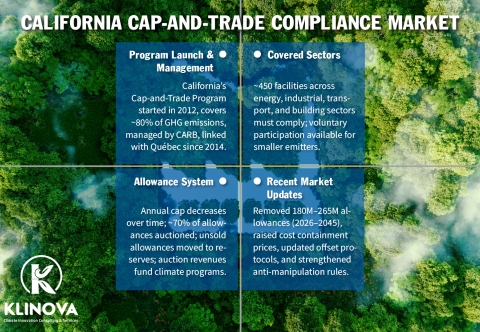

_cr_480x332.png)
